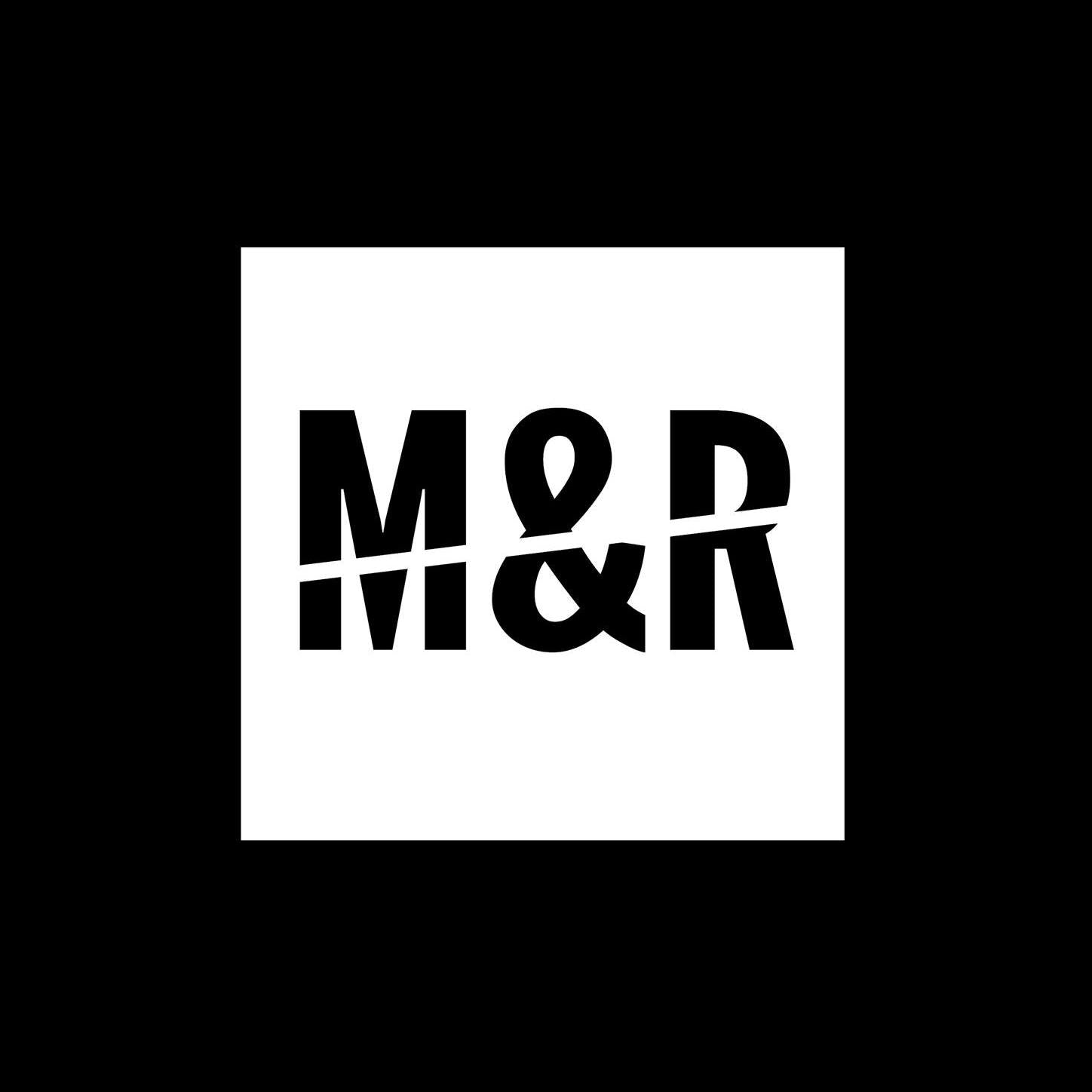Damn Magazine
Damn - #84 (Spring 2023)
Damn - #84 (Spring 2023)
Couldn't load pickup availability
When William Wordsworth wrote “the world is too much with us,” his melancholy was not limited to our alienation from Nature; he was equally appalled by the emerging culture of getting and spending. In his time, industrial capitalism and economic markets were reshaping ordinary life, and artists were already calling it dehumanising.
And yet, traditionally, artists have preferred to avoid talking about money in favour of freedom. But with the backlash against neoliberalism, especially in art schools, the talk has become about nothing but money. The impecunious and precarious state that artists and designers find themselves in, has created a generation of graduates hell-bent on dismantling the system they rightfully see as the cause of so much inequality, climate damage, and excess materialism.
For them, it might all start with the unpaid internship. This is not a new phenomenon; it began in the government and banking sectors before being adopted by culture. By the mid-aughts it was common practice. “Don’t point that gun at him,” Bill Murray tells an angry pirate in Wes Anderson’s The Life Aquatic with Steve Zissou (2004), “he’s an unpaid intern.” The next year, Kanye West (as he was still known) rapped “Maybe you could be my intern”. Foolish and demeaned, the unpaid intern across almost every creative pursuit had become a necessary step towards getting paid, and yet was confusingly branded as ‘foolish’ by claimants of power.
Graduates now, however, are done. They expect to be paid, and not just for an internship, but for work in the fields of art, design and architecture. Gone is the era when art was seen as dirty, and art and commerce tagged as opposing forces. Dismantled are the days when any artist who tried to make money would end up unable to make art.
In this issue we visit what is happening – how creatives are using the system for change, for inspiration, for debate. We look at the complex role played by money in internships, schools, exhibitions, museums, brands, and discourse – we home-in on critical design, activistic art, experimental economic models, and how creatives are embarking on doing more than just reflecting or communicating social ills. They are striving for tangible alternatives.
In Malcolm Harris’s new book ‘Palo Alto’, he applies Marxist thinking to his island-of-billionaires hometown. In it, capitalism is positioned as a totalising and relentless system that represses human agency and traps us all into the role of either a money-making machine or an oppressed victim. Harris poetically refers to the reluctant participants as “butterflies, pinned live and wriggling onto history’s collage.”
And it’s not just the toxic system that needs examining, but the funded cultural institutes that represent artists, designers and architects – the schools, platforms, and museums in which said-butterflies are bred and released. It was Italian intellectual Antonio Gramsci (1891–1937) who coined the term cultural hegemony, believing that the ruling class, the bourgeoisie, used such cultural institutions to maintain power and propagate the status quo.
But as the swell of dissent expands around the world and enough butterflies flap their wings, there are more and more chances that together we can shatter “history’s display case.”


















